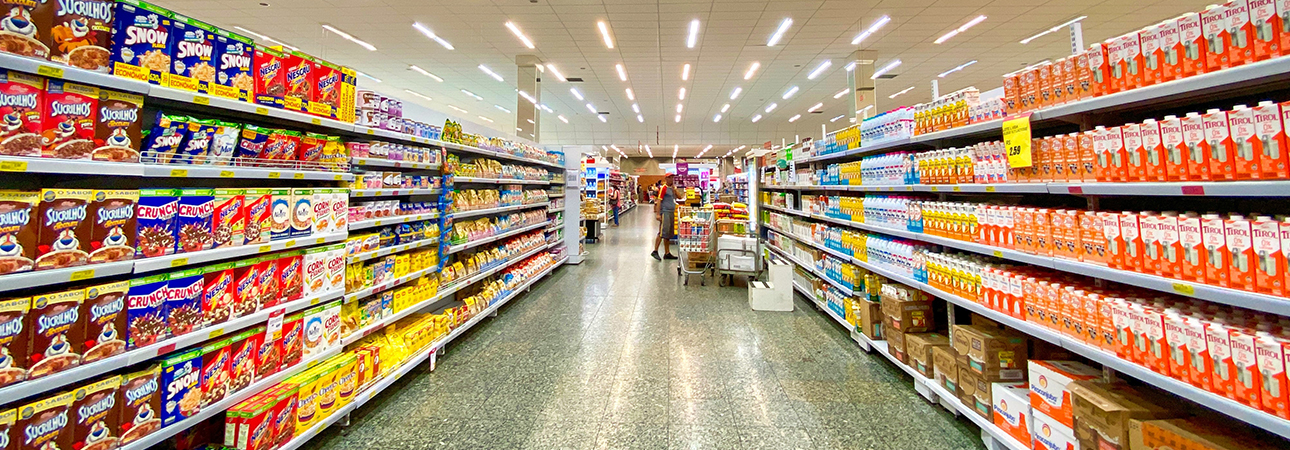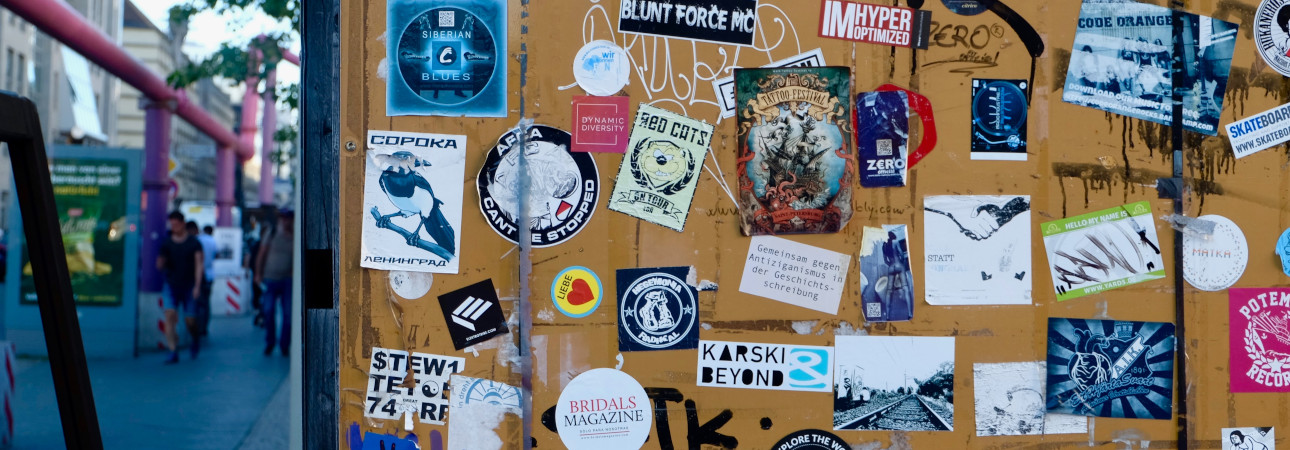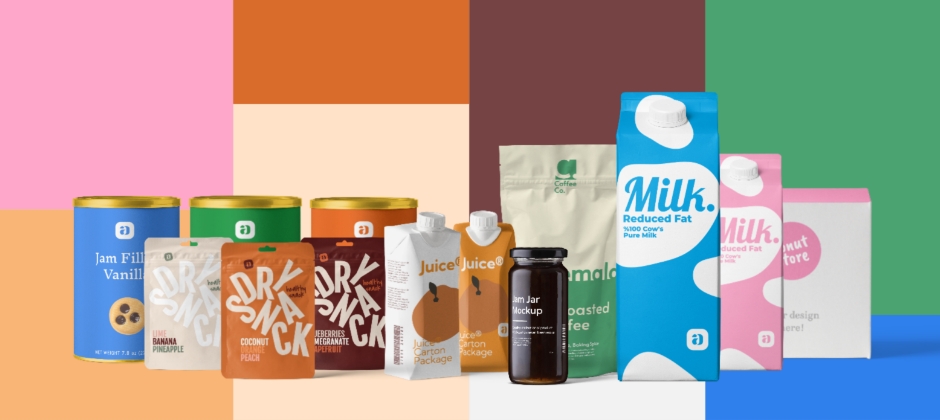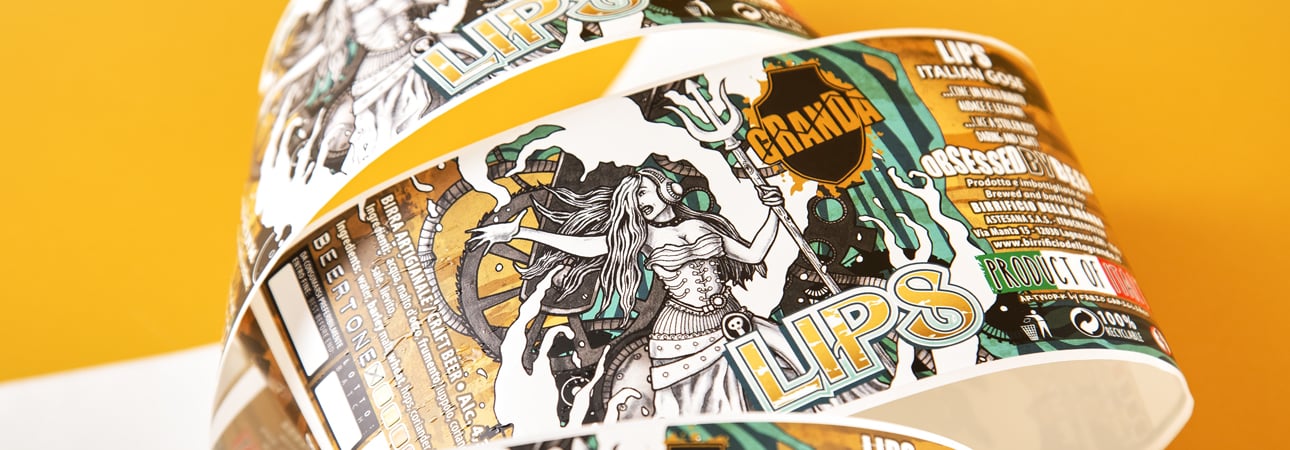Did you like the article? Share it!
Is it possible to create eco-sustainable labels?
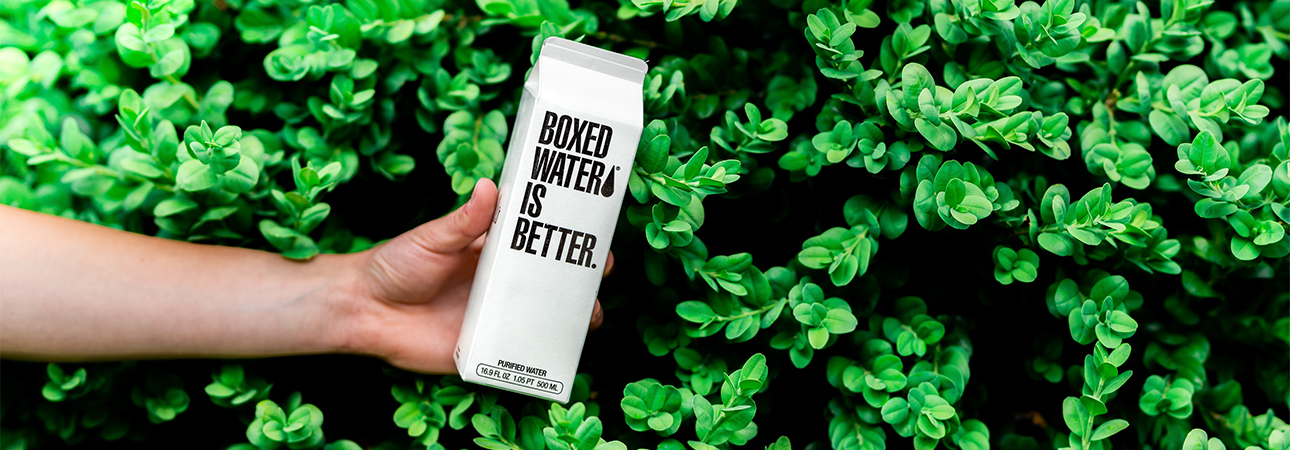
Today I am pleased to talk about ecological labels and sustainable labels.
T he label represents the first meeting point between your product and your customers; therefore, meaning your product and its packaging as ecologicalindeed brings many advantages, both to have a consciousness that is also in profit level!
But the streets are many, and there is still much confusion in the sector; it is essential to define these problems together; in this article, I will explain everything you need to know about adhesive labels and how to make them ecological.
We first start from all these words that are often used for another: Ecology (Eco Friendly), Sustainability, Green.
Ecological
Ecological or Eco-Friendly or Green, they want to say the same thing! These words refer to a concept of environmental awareness or all those industrial and social processes that are the environment and avoid damaging it.
An ecological label is, therefore, a label that has reduced or eliminated all possible waste and deriving damage to the environments due to its production (starting from the paper to the press to its recycling).
Sustainable
Although often used instead of the previous " ecological" term, sustainability refers to the ability of a given process of being satisfied, allowing the long term of safeguarding the natural resources of our planet.
Therefore we can say with certainty that all labels to be defined ecological will also meet the term of sustainability.
Materials to choose
Let's go together with choosing the most suitable materials to have ecological labels!
Recycled papers
Nowadays, the samples of adhesive paper suppliers are, fortunately, filling with these alternative materials, coming from the re-use of masher papers to which a second life was given.
These natural materials for adhesive labels can also be an excellent design element as their materiality and the presence of residues and particulates allows the label to present themselves with a certain " organic" feeling.
These papers can be ennobled. To stay sustainable, we recommend dry reliefs and debossing. They are processing that does not add material to the label, reduce waste of other materials such as paints and hot laminas.
The vital notion is that these papers are only partially deriving from recycled papers. Recently the company UPM Raflatac was one of the first to propose a paper that is 100% recycled papers in the world of adhesive labels in recycled papers during their production processes. This paper called Ronda and is present in the resistant version of humidity.
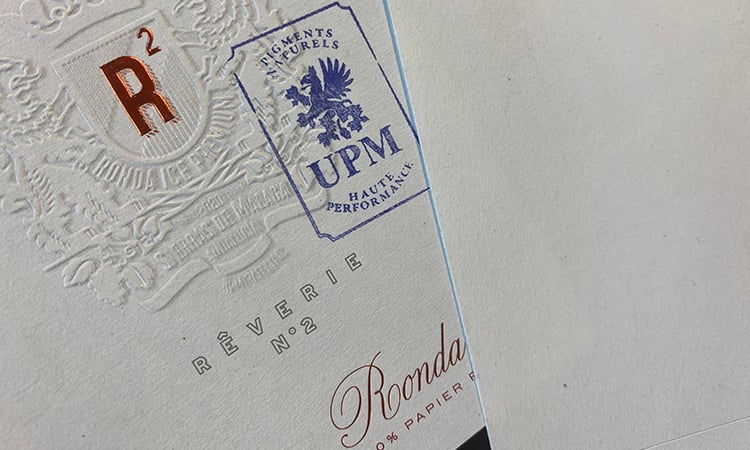
Cellulose papers not produced by trees
If the theme of sustainability you are looking for is to reduce the reduction of trees during the paper production process, some papers are produced by cellulose that is not coming from trees. An example is the Cane Fiber of the company Avery, a paper produced for over 90% of cellulose produced by sugar cane production waste.
The sugar cane may never replace the trees; The quantity of square meter cellulose is lower than that of the trees; cellulose extracted from sugar cane is, therefore, eco-friendly when the waste is used, for example, those of sugar production per rum.
The Arconvert - Ritrama also has a wide sample book to choose different sustainable papers; most are certified FSC (Forest Steward Council), an institution that certifies the production chain as eco-sustainable to the production of trees. A paper proposed by the Arconvert - Ritrama is the Eden FSC, a paper produced with 50% from dried grass fibres.
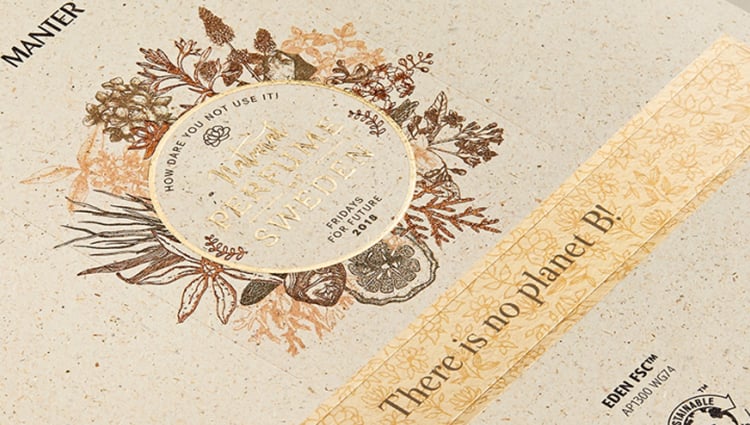
Papers with removable adhesive
An essential element to consider is the fact that most of the adhesive papers remain attached to the bottles and are particularly difficult to remove.
An excellent ecological solution for its product labels is to request a removable adhesive material. This type of labels remains resistant even if immersed in cold water or exposed to humidity and temperatures such as those of a refrigerator.
However, once immersed in hot water, the adhesive will tend to melt, and the label will be easy to remove and be recycled with the paper.
Eco-sustainable plastics
Plastic has recently been put a little under stress, but it must be affirmed that plastic is not the problem. The problem is its management.
Some companies like UPM Raflatac proposed new types of plastic materials, such as polypropylene, whose eco-sustainability is due to its production process. This particular plastic, called Forest Film, is produced by the polymerization of the trees resin, waste derived from the production of another paper!
This is an excellent advantage for the planet; this material allows you to completely replace polypropylene production labels with materials derived from fossil oil.

Silicone support recycling
Another element to keep in mind during the creation of ecological labels is, without a doubt, the silicone support (or glassine) that supports them. Excellent quality cellulose fibres produce this paper. Therefore, recyclable is strongly recommended; However, this product cannot be recycled with the paper in itself. A layer of silicone covers it; consequently, it should be disposed of with the undifferentiated.
Companies like UPM Raflatac understood this problem and opted for a system that allows dividing silicone and paper to recycle them.
I hope this article has allowed you to understand all the possibilities at your disposal to dress your products with ecological labels!
Next

